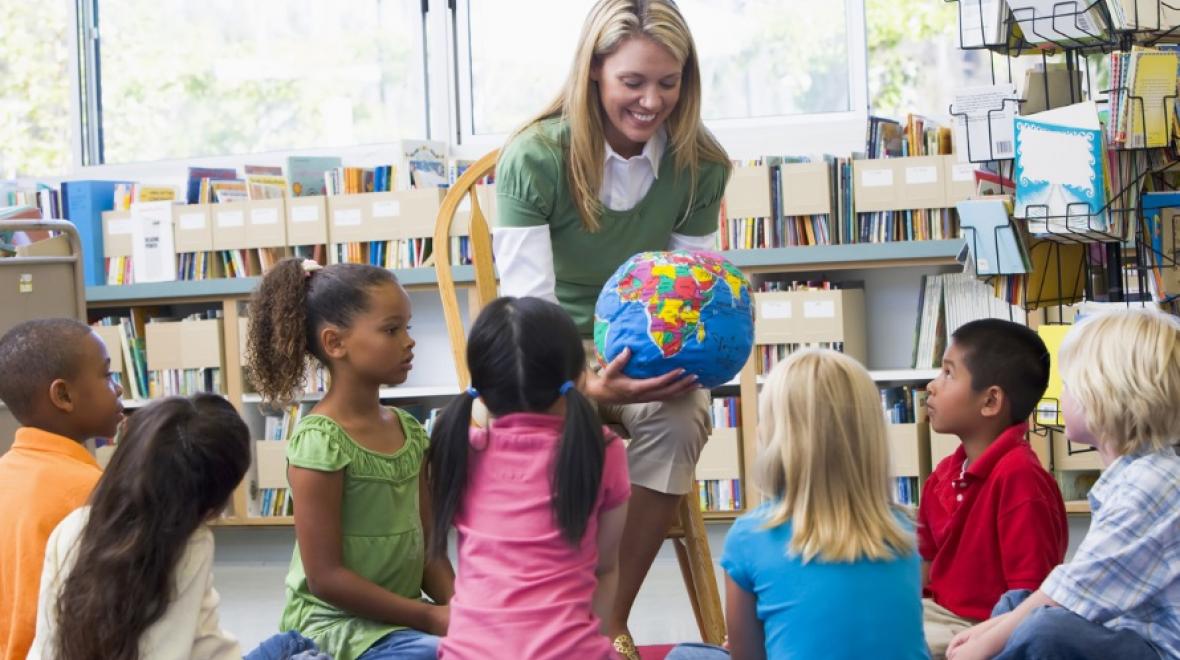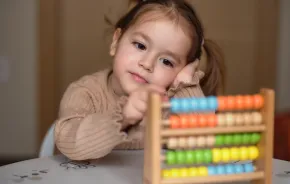
Across the Seattle area, parents are beginning the school registration process. For parents new to the school system, or who have kids starting kindergarten in the fall, it can seem like a daunting task. How do they know they are making the best decision for their children's education?
Non-profit organizations like Great Schools exist to help parents make informed decisions about schools in their neighborhoods. But this reliance on school rankings may not be as helpful to parents as they think.
Great Schools relies on scores from standardized tests to determine their rankings. These tests can be subtly biased against students of color, either in the wording or cultural references used in the questions.
“It’s also all computer-based,” explains a teacher at a West Seattle school, “for students who don’t have a computer at home, having them take a test on a machine they’re not fully comfortable with is problematic.”
In Seattle, schools with higher Great Schools rankings tend to be located in more affluent neighborhoods, which coincidentally are also the least diverse areas of Seattle. Schools with historically low Great Schools rankings tend to be in neighborhoods with much more diversity.
Test scores and rankings do not speak to the culture of the school. Rebecca Brito, (co-vice president of John Rogers PTA and mother of kids attending John Rogers Elementary and Nathan Hale High School) thinks that students at less diverse schools may be missing out on a different type of education: a social one.
“When kids are not exposed to people from everywhere, with all abilities and various needs,” she says, “they’re more likely to lack the knowledge to interact with the world without bias. They don’t have personal experience to help guide them.”
For other families, especially families of children with special needs, the ranking of a school holds little importance.
Great Schools rankings are used by real estate sites like Zillow and Redfin and can influence how neighborhoods are perceived.
Tripti Baliga, a mother of a student with special needs at Thurgood Marshall Elementary, believes that the care and attention given to students is far more important. That type of information is difficult to extrapolate simply by looking at test scores.
“Because my son doesn’t have expressive language,” Baliga remarks, “it’s very crucial that teachers be very communicative and very open. I feel secure that my son is being taken care of at his school.”
The problem with relying on test scores to determine a school’s worth is that it perpetuates the segregation of neighborhoods by socio-economic, and sometimes ethnic, lines. Great Schools rankings are used by real estate sites like Zillow and Redfin and can influence how neighborhoods are perceived. As more higher-income families move into these neighborhoods, the disparity between the schools increases.
So if relying on Great Schools rankings is problematic, what’s a parent to do?
“The ranking isn’t everything,” explains the West Seattle school teacher. “Take it with a grain of salt. Instead, look at what programs and what kinds of teachers are there. Try and look at the whole picture.”
“Every school has kindergarten tours,” adds Brito, “so even if your child’s not in kindergarten, you can still go on the tour if you’re a new parent to the community.”
Reaching out to the school’s parent-teacher association is also a great way to learn about a school and how it serves the community.
For those who do need data and numbers, the Office of the Superintendent of Public Instruction (OSPI) has more robust information than Great Schools. The OSPI website offers valuable data like student growth over time. For Seattle-area parents, this is a much more helpful resource.











